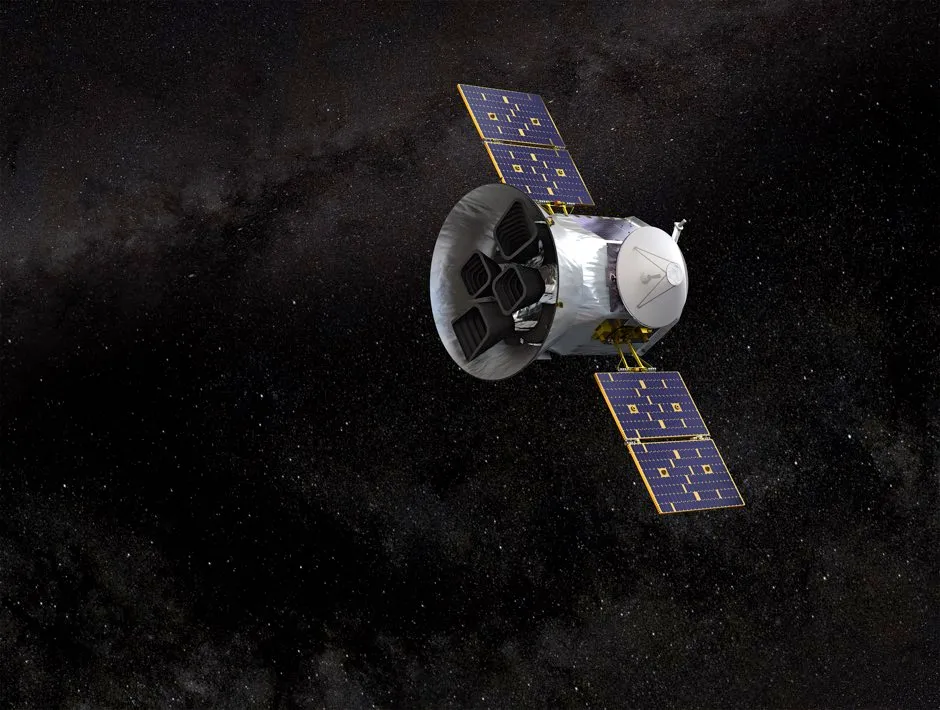A bright star visible to the naked eye has revealed fresh insight into a collision that happened in the Milky Way more than 11 billion years ago, astronomers say.
The star, called ν Indi (using the Greek letter ν, pronounced 'nu'), appears in the constellation of Indus and can be seen from the southern hemisphere. Scientists believe stars like ν Indi are “fossilised records” and carry a wealth of information about the environments in which they formed.
These luminous balls of gas vibrate in a similar way to musical instruments and astronomers say learning more about the natural resonance of stars could shed light on how galaxies evolve.
An international team of scientists led by the University of Birmingham used data collected by Nasa’s planet-hunting spacecraft called Transiting Exoplanet Survey Satellite (TESS), which was launched in 2018.The researchers then combined the data from TESS with the information gathered from the European Space Agency’s (ESA) Gaia mission, which was launched in 2013 to create a three-dimensional map of the Milky Way.
Read more about TESS:
- NASA launches satellite ‘TESS’ in hunt for exoplanets
- NASA exoplanet hunter TESS finds its first habitable Earth-like world
The team found ν Indi was born early in the life of the Milky Way, but when the Galaxy collided with a dwarf galaxy called Gaia-Enceladus, its motion was altered.
Bill Chaplin, a professor of astrophysics at the University of Birmingham and lead author on the study, said: “Since the motion of ν Indi was affected by the Gaia-Enceladus collision, the collision must have happened once the star had formed.”Based on their findings, the researchers believe the galactic merger of Gaia-Enceladus and Milky Way began around 11.6 billion years ago.

Co-author Dr Ted Mackereth, also from the University of Birmingham, said: “Because we see so many stars from Gaia-Enceladus, we think it must have had a large impact on the evolution of our galaxy. Understanding that is now a very hot topic in astronomy, and this study is an important step in understanding when this collision occurred.”
The research, funded by the Science and Technology Facilities Council and the European Research Council, is published in the journal Nature Astronomy.
Reader Q&A: What is the smallest known star in the Universe?
Asked by: Bob, via sciencefocus.com
In 2017, an international team of astronomers announced the discovery of a so-called red dwarf star that’s so small it barely functions as a star. Code-named EBLM J0555-57Ab and lying some 600 light-years away, it’s similar in size to the planet Saturn.
It has just enough mass to maintain the conditions needed to fuse together nuclei of hydrogen – the power source of stars like the Sun. Any smaller, and it would have become a brown dwarf – a ‘failed star’.
Read more:
